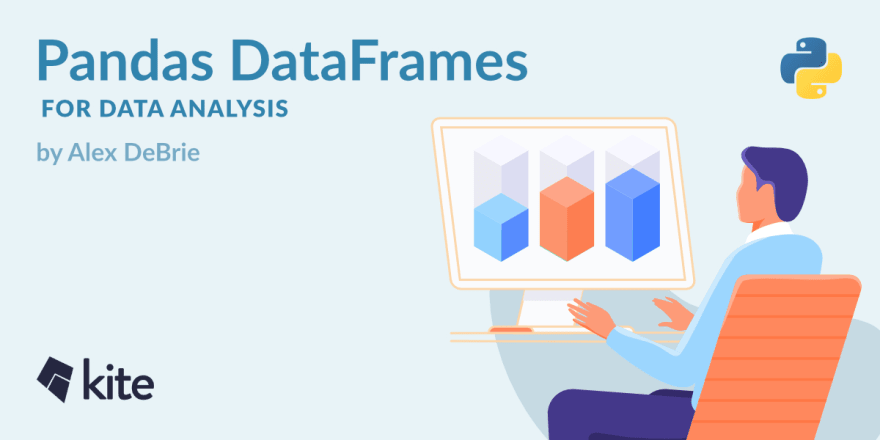The core data structure in Pandas is a DataFrame. A DataFrame is a two-dimensional data structure made up of columns and rows
If you have a background in the statistical programming language R, a DataFrame is modeled after the data.frame object in R.
The Pandas DataFrame structure gives you the speed of low-level languages combined with the ease and expressiveness of high-level languages.
Each row in a DataFrame makes up an individual record—think of a user for a SaaS application or the summary of a single day of stock transactions for a particular stock symbol.
Each column in a DataFrame represents an observed value for each row in the DataFrame. DataFrames can have multiple columns, each of which has a defined type.
For example, if you have a DataFrame that contains daily transaction summaries for a stock symbol, you might have one column of type float that indicates the closing price while another column of type int that indicates the total volume traded that day.
DataFrames are built on top of NumPy, a blazing-fast library that uses C/C++ and Fortran for fast, efficient computation of data.
Now that we understand the basics behind a DataFrame, let’s play around with creating and viewing a DataFrame.
Read more here!







Oldest comments (0)